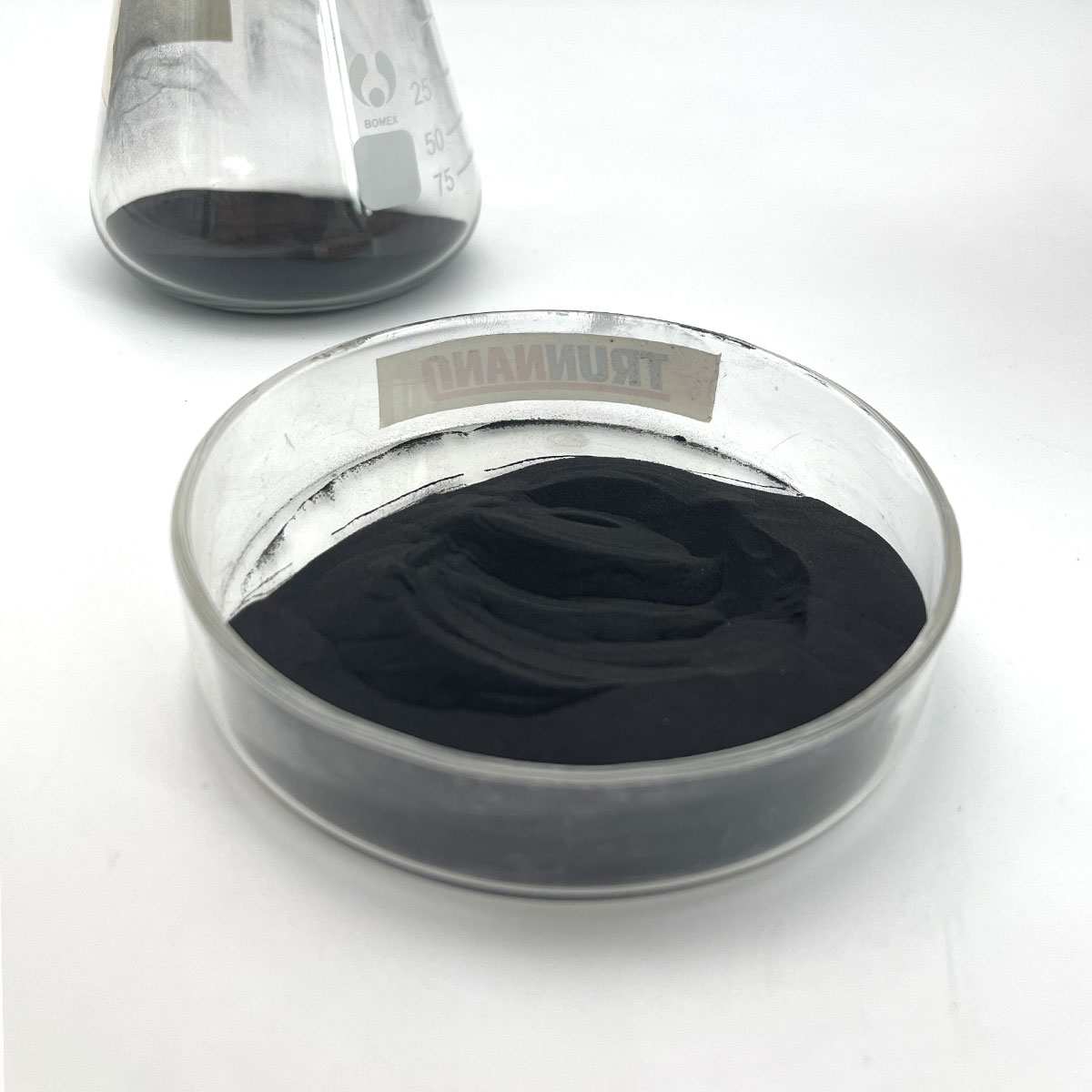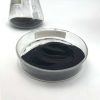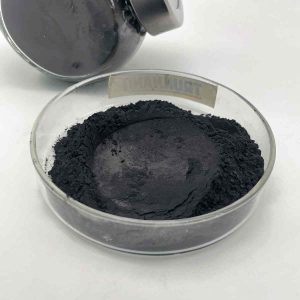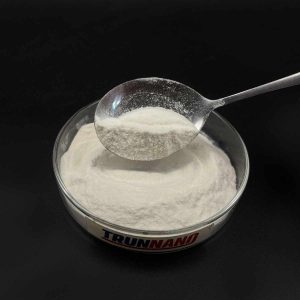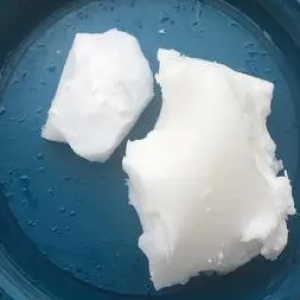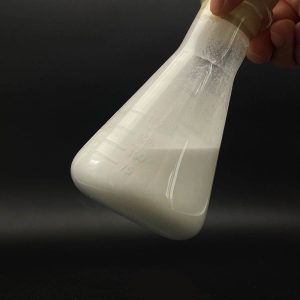Overview of Cationic Surfactant Didecyl Dimethyl Ammonium Chloride (DDAC) 7173-51-5
Cationic surfactants are a class of surface-active agents that contain a positively charged head group or cation when dissolved in aqueous solutions. They are characterized by their unique ability to interact with negatively charged surfaces, making them versatile compounds with applications across industries including personal care, household cleaning, textiles, agriculture, and pharmaceuticals. Their positive charge allows for specific interactions with anionic (negatively charged) molecules, which governs their functionality in various formulations.
Features of Cationic Surfactant Didecyl Dimethyl Ammonium Chloride (DDAC) 7173-51-5
-
Positive Charge: The hydrophilic (water-loving) head of a cationic surfactant carries a positive charge, typically derived from ammonium, pyridinium, or quaternary ammonium groups.
-
Strong Binding: Due to their positive charge, they bind strongly to negatively charged surfaces, like those found on skin, hair, or certain bacteria and viruses.
-
Emulsifying & Foaming Properties: Many cationic surfactants are effective emulsifiers, stabilizing oil and water mixtures, and can produce stable foams.
-
Conditioning & Softening: In personal care products, they improve the feel of hair and skin by depositing a conditioning film, enhancing manageability and softness.
-
Antimicrobial Activity: Some cationic surfactants exhibit bactericidal or virucidal properties, making them useful in disinfectants and sanitizers.
-
Compatibility: They can be formulated with other types of surfactants to enhance performance or modify product properties.
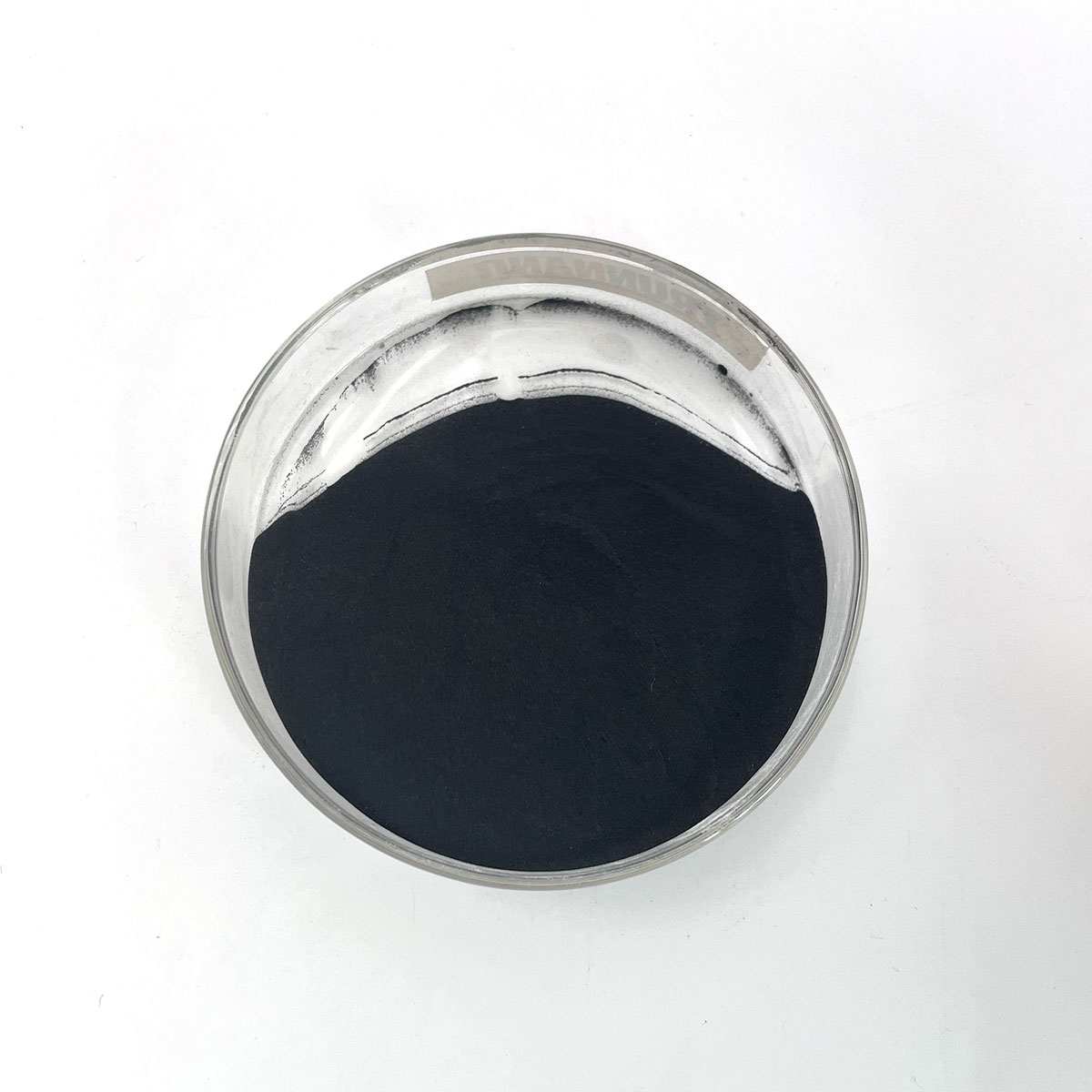
(Cationic Surfactant Didecyl Dimethyl Ammonium Chloride (DDAC) 7173-51-5)
Specification of Cationic Surfactant Didecyl Dimethyl Ammonium Chloride (DDAC) 7173-51-5
Didecyl Dimethyl Ammonium Chloride (DDAC) 7173-51-5 is a cationic surfactant widely made use of in industrial and family applications. The substance appears as a clear to pale yellow liquid. It liquifies conveniently in water. The chemical formula is C22H48ClN. The molecular weight is 362.09 g/mol. DDAC functions as a disinfectant, chemical, and antistatic agent. It functions by breaking down microbial cell membrane layers. This activity makes it efficient against bacteria, fungi, and infections.
The product is steady under various pH degrees and temperatures. It preserves its residential or commercial properties in both acidic and alkaline environments. High thermal security allows use in heated systems. DDAC is compatible with lots of non-ionic surfactants. It does not blend well with anionic surfactants. This constraint needs mindful solution in certain items.
Applications include water therapy, agricultural anti-bacterials, fabric softeners, and cleaning representatives. In water therapy, DDAC controls algae and slime formation. Agricultural makes use of entail sanitizing devices and surface areas. Fabric industries apply it to lower fixed stick. Home cleaners rely on its antimicrobial properties.
DDAC is offered in focus ranging from 50% to 80%. Customers have to follow safety guidelines. Direct call with skin or eyes triggers irritation. Appropriate protective equipment like gloves and safety glasses is required. Storage recommendations consist of keeping the product in a trendy, completely dry area. Containers needs to be securely secured to stop wetness absorption.
Regulative approvals cover several areas. The compound satisfies requirements established by EPA, EU Biocidal Products Law, and others. Ecological influence is very little when used as directed. Deterioration happens via all-natural processes in soil and water. Overuse may damage marine life.
The product’s effectiveness depends on correct dosage. Overdosing does not boost performance. Underdosing minimizes antimicrobial task. Testing is encouraged to establish ideal focus for particular applications.
DDAC offers a cost-efficient solution for microbial control. Its broad-spectrum task decreases the requirement for several ingredients. Lengthy service life ensures regular performance gradually. Producers value its versatility across markets.
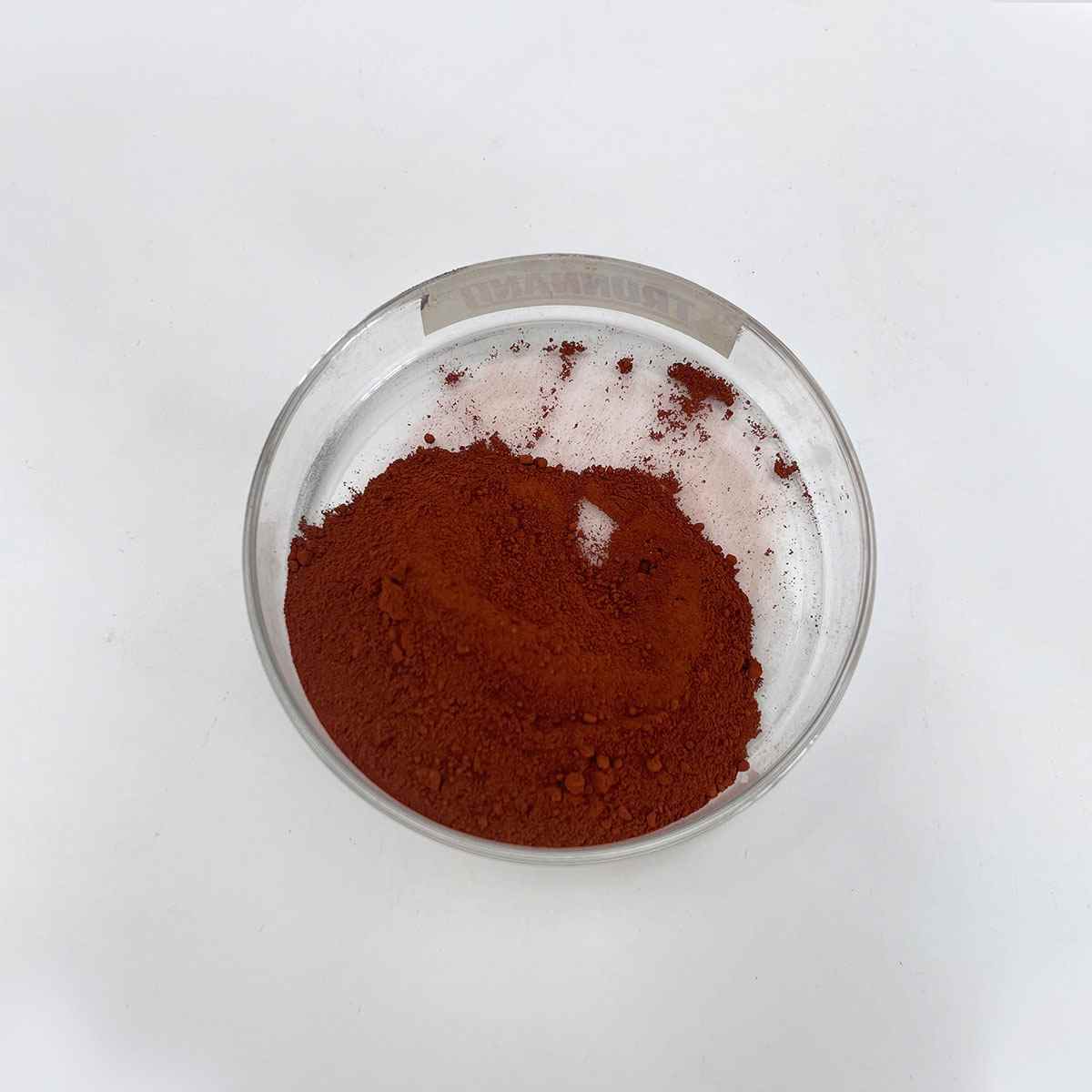
(Cationic Surfactant Didecyl Dimethyl Ammonium Chloride (DDAC) 7173-51-5)
Applications of Cationic Surfactant Didecyl Dimethyl Ammonium Chloride (DDAC) 7173-51-5
Cationic surfactant didecyl dimethyl ammonium chloride (DDAC) 7173-51-5 is a chemical compound commonly used in numerous industries. It works as an anti-bacterial, preservative, and stabilizer. Its solid antimicrobial properties make it reliable versus bacteria, fungis, and infections. This makes it useful in cleaning products and surface therapies.
DDAC is commonly contributed to disinfectants for hospitals, labs, and public rooms. It helps get rid of harmful virus on surface areas. It remains active for a long time, offering lasting defense. This lowers the risk of infections spreading out.
The compound is used in timber conservation. It protects timber from rot, mold, and bugs. Treated timber lasts much longer in outside setups. This serves for building and construction products, fencings, and yard furniture. DDAC permeates deep into wood fibers, guaranteeing complete defense.
In agriculture, DDAC serves as a fungicide and bactericide. It treats seeds and plants to stop conditions. It improves crop return by maintaining plants healthy. Farmers apply it to soil or vegetation to regulate microbial growth.
DDAC belongs to many commercial water therapy systems. It stops algae and microorganisms from expanding in water containers, pipelines, and cooling towers. This avoids clogs and deterioration. It maintains water supply running efficiently and extends devices life.
The fabric industry makes use of DDAC to make fabrics antimicrobial. Clothing, clinical attires, and upholstery stay odorless and hygienic. This is necessary for products needing high cleanliness criteria.
DDAC is discovered in personal treatment items like shampoos and sanitizers. It kills bacteria on skin and hair without triggering inflammation. Customers obtain effective hygiene with mildness.
Suppliers choose DDAC for its security and compatibility with other chemicals. It functions well in different temperature levels and pH degrees. This versatility makes it appropriate for intricate solutions.
Safety is a top priority when handling DDAC. Appropriate dilution and safety equipment are necessary. Individuals should follow standards to prevent skin or eye get in touch with. Environmental laws ensure it is made use of properly to minimize environmental influence.
Company Profile
SurfactantChina is a trusted global chemical material supplier & manufacturer with over 12-year-experience in providing super high-quality surfactant and relative products.
The company has a professional technical department and Quality Supervision Department, a well-equipped laboratory, and equipped with advanced testing equipment and after-sales customer service center.
If you are looking for high-quality surfactant and relative products, please feel free to contact us or click on the needed products to send an inquiry.
Payment Methods
L/C, T/T, Western Union, Paypal, Credit Card etc.
Shipment
It could be shipped by sea, by air, or by reveal ASAP as soon as repayment receipt.
5 FAQs of Cationic Surfactant Didecyl Dimethyl Ammonium Chloride (DDAC) 7173-51-5
What is DDAC?
DDAC stands for Didecyl Dimethyl Ammonium Chloride. It is a cationic surfactant. This chemical is commonly used as a disinfectant or preservative. It works by breaking down cell membranes of bacteria and viruses. Its chemical formula is C22H48ClN, and the CAS number is 7173-51-5.
What are the main uses of DDAC?
DDAC is widely used in industrial and household cleaning products. It helps kill germs on surfaces. It is also added to materials like textiles or plastics to prevent microbial growth. In agriculture, DDAC treats water systems or protects crops from pathogens. Some cosmetics use it in small amounts to keep products safe from contamination.
Is DDAC safe for humans?
DDAC can cause skin or eye irritation if direct contact happens. Always wear gloves and goggles when handling it. Follow the recommended dilution ratios. Do not inhale its fumes. Proper use under guidelines poses low risk. Check safety data sheets for specific instructions.
How should DDAC be stored?
Store DDAC in a cool, dry place away from sunlight. Keep containers tightly closed. Avoid temperatures above 40°C. Keep it separate from strong acids or alkalis. Check storage conditions listed on the product label. This prevents degradation and maintains effectiveness.
Does DDAC work with other chemicals?
DDAC can lose effectiveness if mixed with incompatible substances. Anionic surfactants or organic materials may reduce its performance. Test compatibility before combining with other products. Follow manufacturer guidelines for mixing. This ensures stability and desired results.
What regulations apply to DDAC?
DDAC is regulated as a biocide in many countries. In the EU, it falls under the Biocidal Products Regulation. The EPA oversees its use in the US. Always check local laws before manufacturing or selling products containing DDAC. Compliance ensures legal and safe applications.
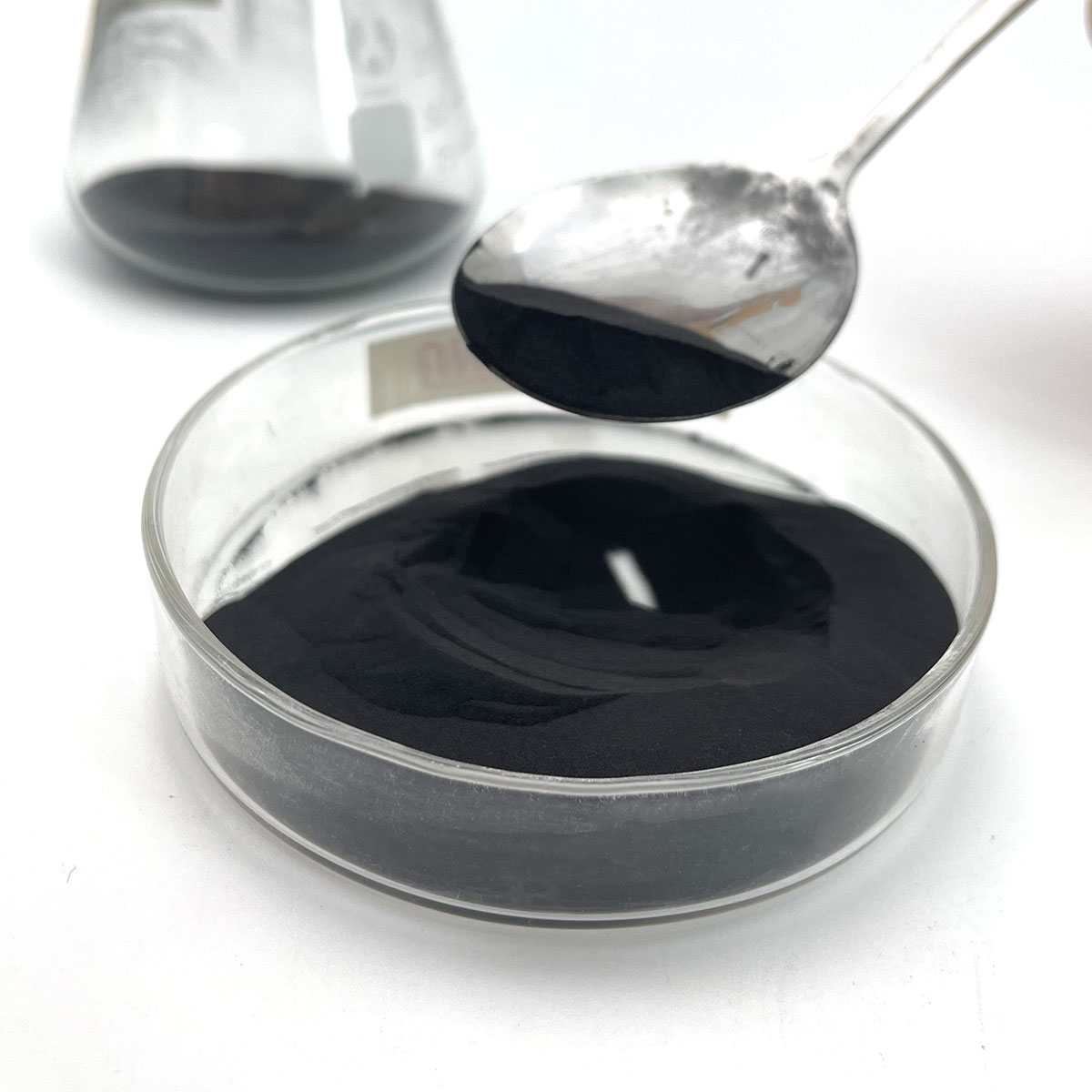
(Cationic Surfactant Didecyl Dimethyl Ammonium Chloride (DDAC) 7173-51-5)

